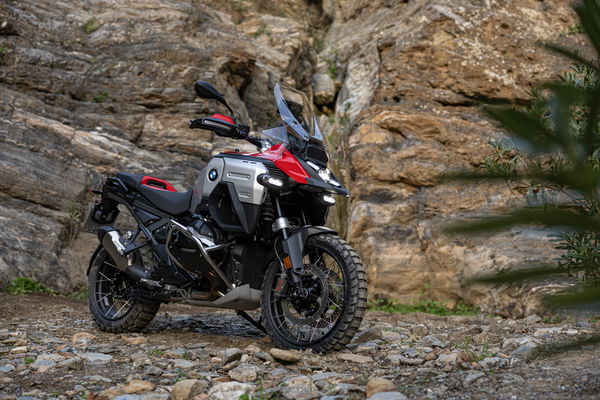What could the Triumph Bajaj deal mean for bikers?
With the news that Triumph and Bajaj have joined forces to build a range of small and mid-capacity motorcycles, Visordown looks at what they could look like
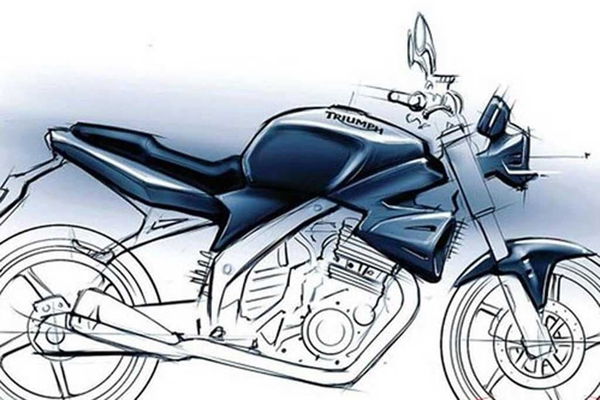
TRIUMPH Motorcycles and Indian manufacturing giant Bajaj have today announced that the two companies will be building motorcycles under a non-equity agreement.
The press release from Triumph confirms the two companies will be building a range of small to mid-range capacity motorcycles covering 200-750cc. It also confirms that the venture will offer multiple options within different segments within the class. So, the big question is, what will they build.
With no clear idea given in the press release, they aren’t going to give the game away that easily, we can only take educated assumptions as to what the new machines will look like. But given that Bajaj has form in just this type of deal, having worked with KTM already for some time, there are some educated, and fairly accurate guesses we can make.
To try and figure it out, lets first take a look at the bikes Bajaj currently build, for themselves and other motorcycle brands.
What could a Triumph Bajaj motorcycle look like?
First off, we can’t ignore Bajaj’s most high-profile partnership to date, between them and Austrian giants KTM. The two firms have been working together wince 2010, initially building KTM’s small capacity Duke 125, and later producing the 200, 250, and 390 Duke and RC models. With this wealth of experience in such a fast-moving and lucrative sector, it’d be foolish for Triumph not to get in on the sub-A2 licence segment.
Does that mean we will see a load of KTM clones with Triumph badges slapped on them? Absolutely now, KTM and Bajaj together hold the intellectual rights to those designs. Triumph and Bajaj will now (if they haven’t already done this bit) work together to decide what the new units will look and perform like.
It’s highly likely that the 200-750cc sector that Triumph are homing in on will include some smaller capacity single-cylinder machines, covering off the 200 – 400cc segment. We think it’s likely they will arrive in the form of accessible commuter bikes but with styling akin to that of the Street Triple and Speed Triple.
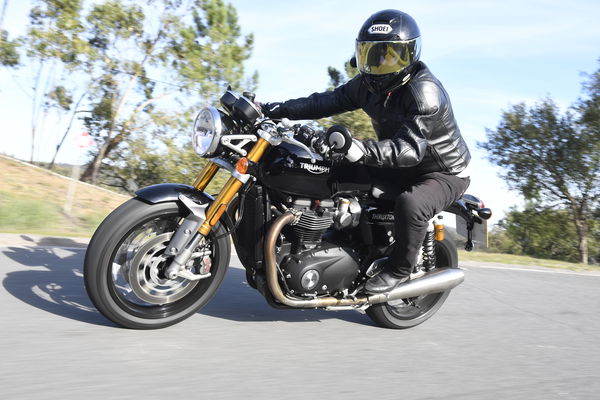
Could a classically styled, small capacity Triumph be incoming?
Let’s not forget, Triumph has previously given this sector of the market a try, designing, building and even road-testing a small capacity Street Triple clone in the form of a single-cylinder 250cc machine back in 2014. That project was halted by, Triumph’s Paul Stroud at the time saying, “Following a review we have placed the 250cc bike project on hold for strategic reasons relating to its specific segment.”
It’d also be sensible for Triumph to include a classically styled steed in the 200 – 400cc sector too. Given that Bajaj has so much experience of building multiple machines from a common chassis platform, differentiating a retro from a modern machine in this way would be extremely simple.
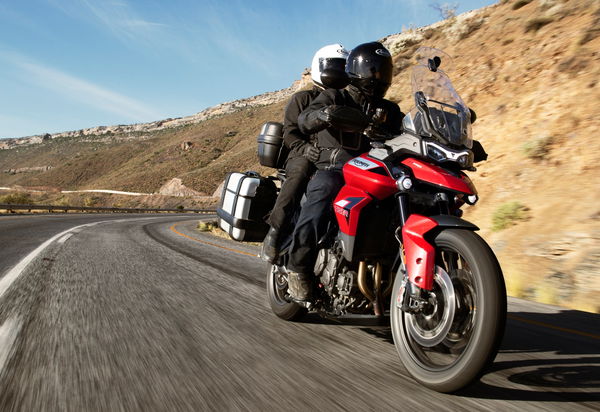
Could a Tiger 250 or 400 be on the cards?
With the recent boom in adventure bikes globally, and India and Asia’s thirst for such machines, we would guess that the new range will include two or maybe even three long-legged adventure motorcycles. Again, one of these may reside in with bikes mentioned above, powered by a small capacity single-cylinder engine – a Triumph Tiger 400 perhaps? But we’d also assume that they’d try and join the mid-weight adventure fight too, competing with bikes like the KTM 790 Adventure and the Suzuki V-Strom 650. For these larger capacity machines, it’s likely that Triumph would look to a different engine configuration, quite possibly a parallel twin.
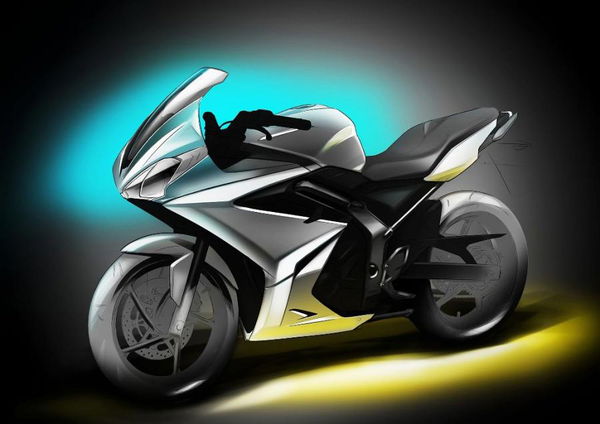
Could Triumph build a Daytona 250?
It’s unlikely but Triumph could also rekindle the Daytona 250cc they announced at the Milan motorcycle show as far back as 2013. We take this option with a pinch of salt though, as Triumph as it stands, look to be leaving the sportsbike market with their final edition of the Triumph Daytona 765 MotoGP edition.
The chances of Triumph using a three-cylinder engine somewhere in the line-up of new bikes isn’t out of the question but it’s not very likely either. The extra manufacturing costs incurred in building the higher-revving triple would more than likely outweigh any potential benefits. We aren’t saying it won’t happen, but we would be surprised if they do!
When thinking about how each of these bikes will be styled, I’m drawn to assume that the design team at Triumph, who will, of course, be penning the styling, will use Triumph’s other machines for inspiration. Triumph is a brand with such a rich history, and they have so much heritage – it’d be silly to ignore that and go in a completely new direction.

